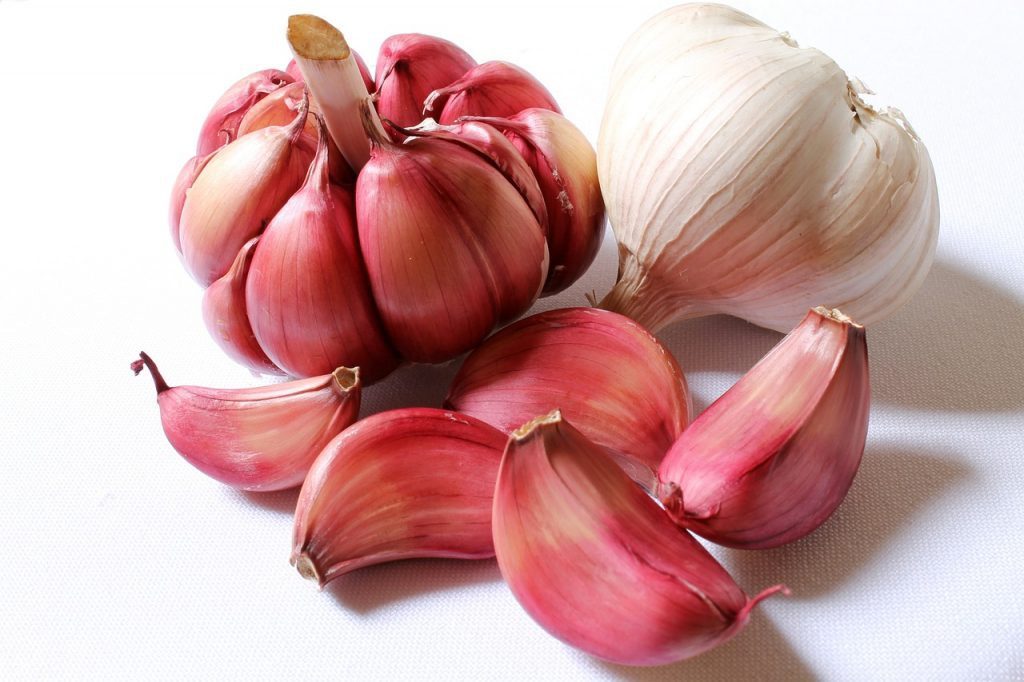
Garlic (Allium sativum)
Garlic is probably the most popular spice not only in Indian cooking, but in cuisines all over the world. It is estimated that 90% of the world’s food contains garlic in some shape or form.
A close relative of chives, onions, leeks and shallots, garlic is easily grown anywhere with a mild climate. The world’s biggest producer of garlic is China with 77% of the overall global output.
From the allium sativum plant, it is the garlic bulb that is used in cooking and more specifically the bulbs numerous segments called cloves.
Fresh garlic for curries
Garlic cloves can be used whole or in a paste, crushed, chopped and sliced.
Whole garlic
Used whole, garlic adds a more delicate flavour food. In its broken form the garlic is physically cooked in a dish with other ingredients, intensifying the taste.
Garlic paste
The paste variety is used when a smooth texture is desired. Commonly it is used on breads, garlic naans for example, to give an intense hit of flavour.
Crushed and chopped garlic is usually fried with onions at the beginning stages of a dishes’ preparation and also with ginger if making a curry base. Crushing garlic reduces its flavour as the enzymes are broken down more vigorously.
Finely chopped garlic is used in Indian dishes such as Garlic Chicken and sliced garlic in Thadka Dahl.
Sliced garlic
Sliced garlic is usually gently fried (sautéed), again creating a different taste and aroma. Sliced garlic also adds a crunchy texture and much more intense flavour to a dish.
Dried garlic
Dried garlic takes two main forms; a powder and flakes. Both are used to subtly enhance the flavour of a dish as they aren’t as strong as the fresh variety.
Medicinal uses
Garlic has been used throughout history for medicinal use. It is said to be good for the heart and blood and lowers cholesterol. It is believed to have purifying properties and relive coughs. It can be used to treat fungal infections and has antiseptic properties.

